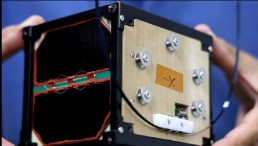space
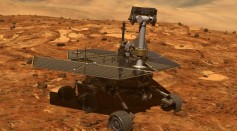
More Memory Problems for NASA's Opportunity Rover
Star Wars Tatooine Planet May Be Common

NASA Set to Extend Mercury Mission for Another Month
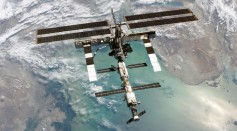
US and Russia Begin Planning the Next Space Station
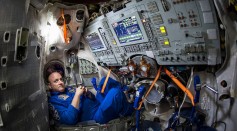
Can People Really Live Forever in Space? New NASA Study Looks to Answer that Question
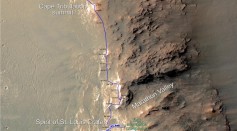
Opportunity Sets Marathon Record on Mars
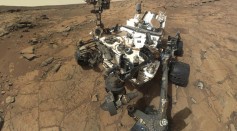
Curiosity Finds Live-Supporting Nitrogen on Mars
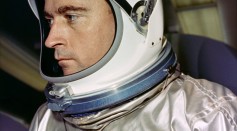
To Corned Beef and Beyond, A Sandwiches Trip into Space

Jupiter Could Forever Be Known as the Solar System's Wrecking Ball
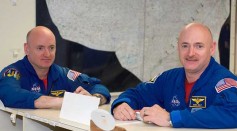
Space Twin Experiment Set to Answer NASA's Biggest Question
Frozen In Space—How Comet 67P Is Slowing Down
Supernovae Dust ‘Goldmine’ Found at the Center of the Milky Way
Rosetta Spots Clues About the Formation of the Solar System

First Ever Cosmic Dust Observations Made in the Center of the Galaxy
Most Popular

The Role of AI in the Next Generation of Logistics: Insights from Tobias Waldhecker

Alzheimer's Treatment Drug Lecanemab Found to Increase Death Risk, New Research Shows

Cloned Black-Footed Ferret Gives Birth to Two Healthy Kits

Optimizing Complex Catalog Systems with Graph Theory and Indexing

